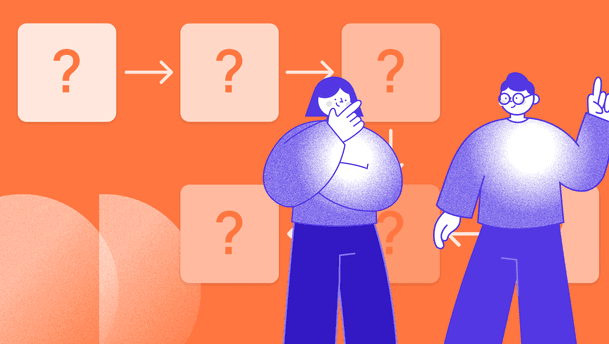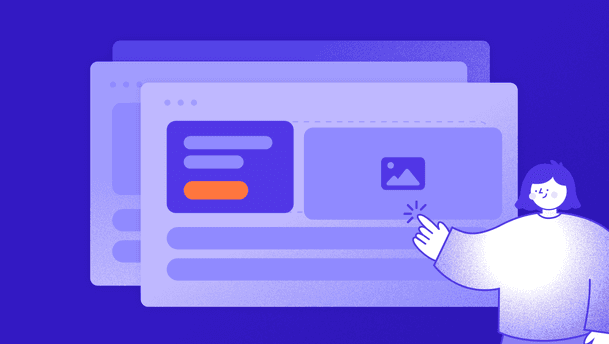Conversion marketing is about turning website visitors into customers or leads by guiding them toward meaningful actions. Every element of your digital presence, from your landing pages to your calls to action, plays a role in how well you convert interest into results.
The power of this approach lies in its focus on engagement quality over traffic quantity. While many teams chase higher visitor numbers, the real impact comes from improving how effectively those visitors move from curiosity to commitment.
Yet most marketing teams still pour the bulk of their budgets into driving traffic to landing pages through ads, email, and social campaigns, only to watch 95% of those visitors leave without taking action. Research from the Ehrenberg-Bass Institute confirms that this pattern is not unique to any one channel or industry: at any given time, only about 5% of potential buyers are ready to purchase, while the other 95% are not in-market yet, even if they’re a strong fit for your solution later.
Supporting this, Unbounce’s recent benchmark data (Q4 2024) shows a median landing page conversion rate of 6.6% across industries, meaning over 90% of landing page traffic is not converting right away.
No matter which dataset you look at, the conclusion is clear: the vast majority of visitors who land on your page won’t convert immediately, not because they’re the wrong audience, but because they’re not ready to decide. They might be researching, comparing vendors, or waiting for the right moment.
Why traditional landing pages fail to convert
Traditional landing pages, however, are built for an “all or nothing” outcome, a common issue in website optimization strategies. They’re designed to convert immediately or lose the visitor altogether. As a result, brands end up competing for the small group of people ready to buy now, while ignoring the much larger group who could become customers later.
To understand why this happens, it helps to look at how buying intent naturally distributes across any market.









